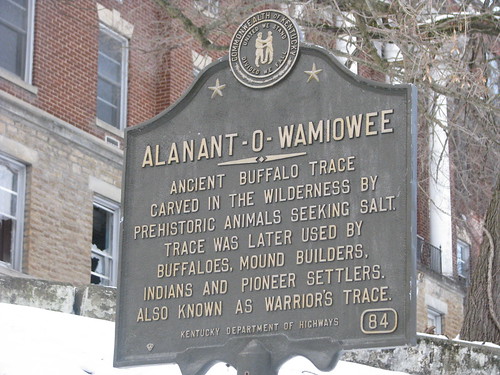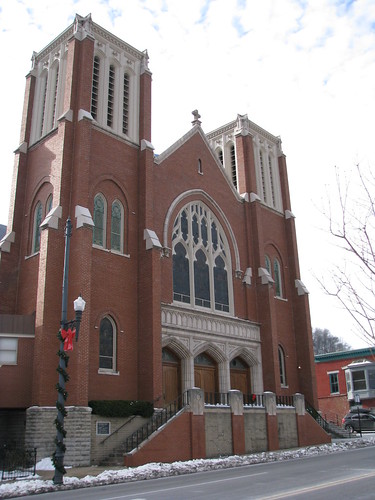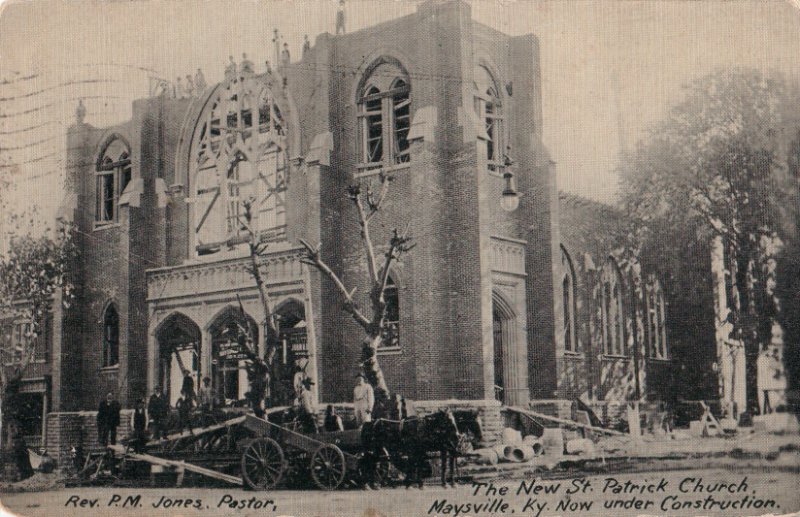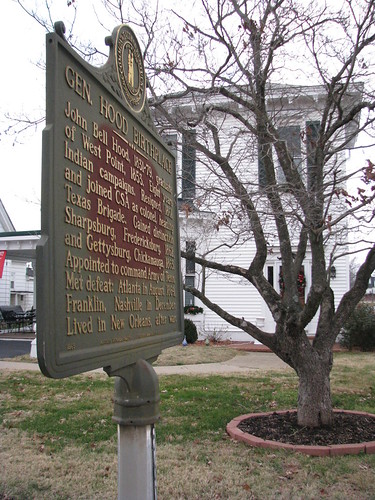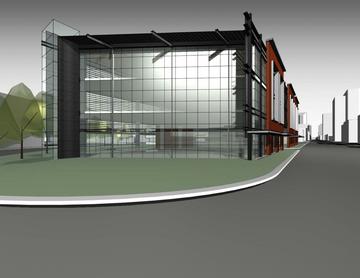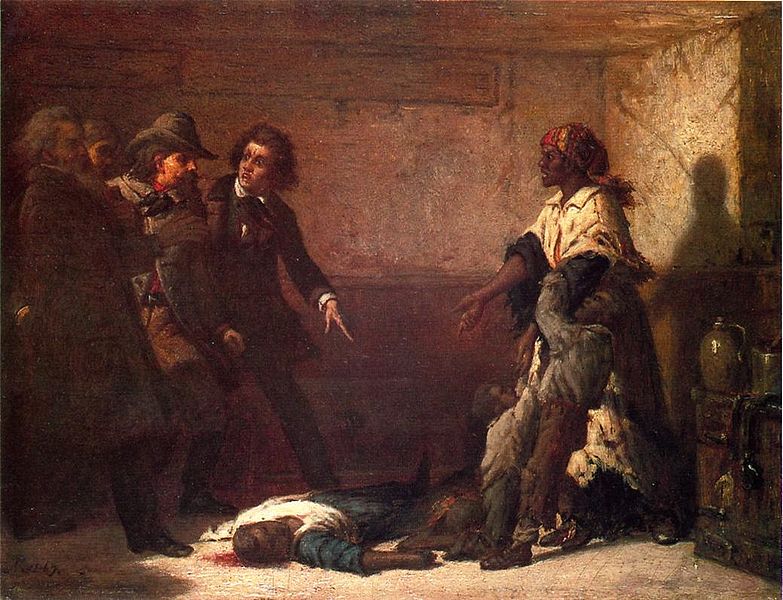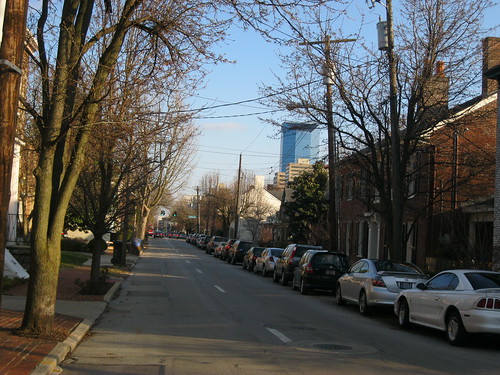 |
| West Short Street in the Historic Western Suburb, Lexington, Ky. |
On the most recent deTour by the Bluegrass Trust, we visited the Historic Western Suburb. Having grown up in this neighborhood, I was quite familiar with some of the stories – but there is always more to learn. Short Street, the 600 block of which is pictured, is the focus of the neighborhood which stretches from Newtown Pike to Saunier Avenue with a number of jagged north-south variations (see this map) to encompass historic properties.
The neighborhood was formally platted in 1815 making it one of (if not the) oldest suburb of Lexington. The land – and much of the area – had been owned by Colonel John Todd, a Revolutionary War officer who was killed at the Battle of Blue Licks. His daughter, Mary Owen (aka Polly), inherited all of her father’s vast estate making her the richest woman in Kentucky; she was three years old.
Greek Revival architecture is predominant in the HWS is Greek Revival, but architectural style is as diverse in the WS as the people who have called her home. Throughout its history, the neighborhood would be considered what is now “upper middle class.” Lawyers, businessmen and others have always called the HWS home. Their businesses were often located next to the businesses, leaving opportunity for later infill.
One of the HWS most notorious residents was the famed Madame Belle Brezing. She learned and practiced her trade in neighborhood brothels (one of which was located in what is now the Mary Todd Lincoln House). Apparently, Madame Brezing’s first participation in the sex trade occurred at the lumber yard which was located at the site of the gas station (Main and Old Georgetown).
This post was republished by kyforward.com on May 6, 2011.

